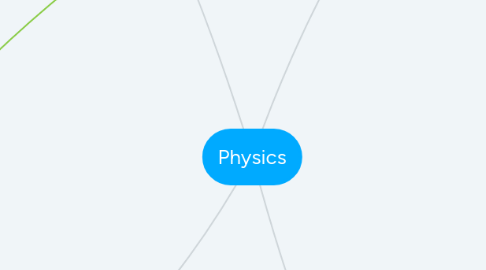
1. Dynamics
1.1. 11. Power
1.1.1. 46. Electric Constant
1.1.2. 47. Energy
1.1.3. 48. Kinetic Energy
1.1.4. 49. System
1.1.5. 50. Elastic Potential Energy
1.1.6. 51. Gravitational Potential energy
1.1.7. 52. Tension
1.1.8. 53. Force Diagram
1.1.9. 54. Initial Velocity
1.1.10. 55. Final Velocity
1.2. 12. Momentum
1.3. 13.Radius
1.4. 16. Balanced Forces
1.5. 17. Inertia
1.6. 18. Newton's 1st Law
1.7. 19. Newton's 2nd Law
1.8. 20. Newton's 3rd Law
1.9. 21. Balanced Forces
1.10. 22. Issac Newton
2. Collisions
2.1. 24. Average Speed
2.1.1. 56. Time
2.1.2. 59. Frequency
2.1.3. 60. Revolution
2.1.4. 61. Centripetal Force
2.1.5. 62. Centripetal Acceleration
2.1.6. 69. Height
2.1.7. 70. Impulse
2.1.8. 71.Voltage (Potential difference of voltage)
2.1.9. 72. Deceleration
2.1.10. 73. Gravitational Force
2.1.11. 74. Free-Fall
2.1.12. 75. Applied Force
2.2. 25. Average Velocity
2.3. 26. Gravitational Force
2.4. 27. Constant Velocity
2.5. 29. Friction
2.6. 30. Period
2.7. 31. Rest
2.8. 32. Vector
2.9. 33. Velocity
2.10. 34. Position
3. Kinematics and Motion
3.1. 1. Acceleration
3.1.1. 36. Insulator
3.1.2. 37. Dynamics
3.1.3. 38. Direction
3.1.4. 39. Collisions
3.1.5. 40. Net Force
3.1.6. 41. Weight
3.1.7. 42. Mass
3.1.8. 43. Circular Motion
3.1.9. 44. Push
3.1.10. 45. Spring Constant
3.2. 2. Motion
3.3. 3. Distance
3.4. 4. Negative
3.5. 5. Speed
3.6. 6. Displacement
3.7. 7. Force
3.8. 9. Neutrons
3.9. 10. Work
4. Electrostatics
4.1. 8. Grounding
4.2. 14. Ion
4.2.1. 66. Touch
4.2.2. 67. Earth
4.2.3. 68. Contact

